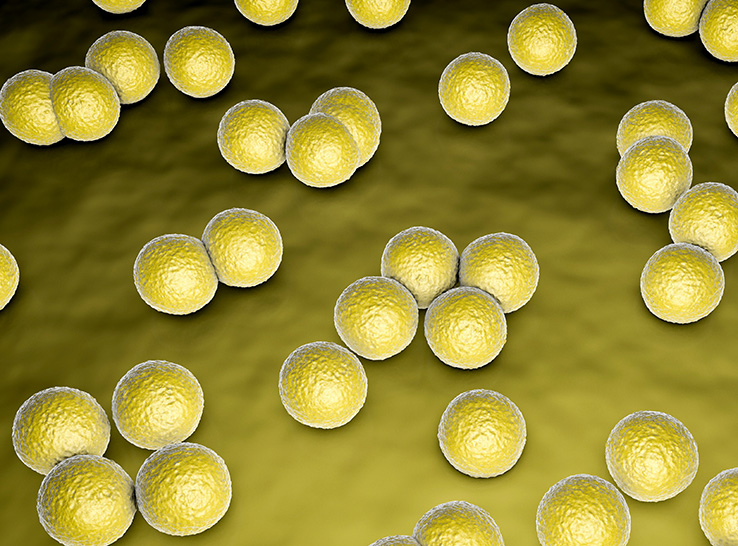A drop in USDA’s broiler chicken hatchability rates from 85% to less than 80% in the past decade runs counter to the poultry industry’s improvements in production efficiency.1
“It is surprising to note that other performance parameters have increased, but hatchability rates have stayed nearly the same for decades,” reported Donald Reynolds, DVM, PhD, University of Nebraska-Lincoln.
Speaking at the 2023 North Central Avian Disease Conference, Reynolds explained that making just a small improvement in hatchability will create significant economic benefits. For example, a 1% increase in the broiler-hatchability rate equals a gain of 92 million broiler chickens a year.
Trojan horse pathogen
Reynolds has studied poultry disease issues for years, but it wasn’t until recently that he learned a “Trojan horse” bacterial pathogen may be the culprit.
“We hypothesized that virulent strains of Enterococcus faecalis account for some of the decreased hatchability attributed to infertility and unhatched eggs or embryos,” he said.
“Because of this, we feel E. faecalis may be a type of Trojan horse. It is often found in the hatchery environment and unhatched embryos but not recognized as a pathogen.”
Most factors affecting egg hatchability such as incubation, egg collection and breeder-flock conditions are carefully monitored and evaluated. But little attention has been paid to the role of bacterial pathogens in hatchability.
The case for E. faecalis
E. faecalis is considered part of the normal bacterial intestinal flora of poultry. “But there’s no definitive work today establishing egg transmission of E. faecalis,” Reynolds said. “Instead, there’s a lot of circumstantial evidence.”
One such case involved a Dutch study in 2011 where the eggs from Lohman Brown and Lohman White lines were fumigated prior to hatch to prevent bacterial contamination. The chicks were then sampled for E. faecalis at hatch and 24 hours later.
“Over 14% of the Lohman Brown were positive at hatch, and within 24 hours, 97% were positive,” Reynolds said. “The White Lohman line was 0.5% positive at hatch and 23% positive 24 hours later.
“What this demonstrated is a very rapid spread of E. faecalis in the hatchery,” he added.
Virulent versus avirulent strains
In a recent study Reynolds helped lead, researchers demonstrated that not all E. faecalis isolates are lethal to embryos.
Using the repository at the Nebraska Veterinary Diagnostic Center, they recovered E. faecalis isolates from turkey, broiler and layer flocks. Then using a chicken-embryo lethality assay they developed earlier, the researchers determined virulence.
The turkey isolate caused 100% embryo mortality, Reynolds reported. But the isolates from broiler and layer chickens caused no embryo mortality and were deemed avirulent.
“Based on our embryo-mortality assays, we now established that virulent strains of E. faecalis cause embryo mortality at very low doses,” Reynolds said. “Avirulent strains, even though they propagate in the embryo, appear to have very minimal effect on the embryo.
“Could E. faecalis be a hidden or unrecognized pathogen causing decreased hatchability?” he asked. “This is problematic because we have virulent or avirulent strains…We aren’t saying E. faecalis causes all of it, but it is contributing to a decrease in hatchability.”
Click here to read Reynolds’ full report.
1 https://usda.library.cornell.edu/concern/publications/gm80hv35d?locale=en






